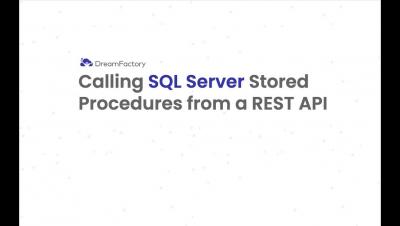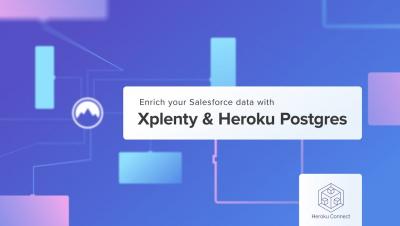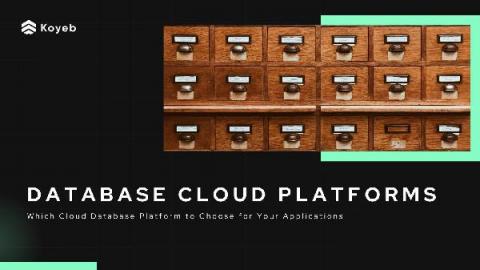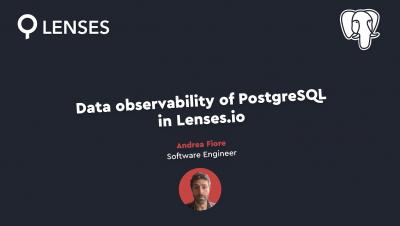Systems | Development | Analytics | API | Testing
Databases
10 Tips to Help You Write a Flat File Database
Originally developed by IBM, flat file databases have been around since the 1970s. Because these files store data in plain text format, most people use MS Excel to create them. It’s an easy-to-use system that allows for the quick sorting of results. This is because each line of plain text has just one record. Tabs, commas, or other delimiters separate multiple records. In this article, you’ll learn some tips for optimizing your flat file.
Integrate all of your data sources with Xplenty & Heroku Postgres
Flat File: Why Flat Files Still Matter
Many technologies of the last century are out of date now, but flat file databases are still very much in use today and likely will be for a long while yet. They’ve stood the test of time for over four decades and are still going strong for a variety of reasons.
How Xplenty Simplifies Heroku PostgreSQL Data Integration
What can you do with data collected on Heroku PostgreSQL? How will you analyze it and integrate it? With Xplenty, of course! Xplenty lets you connect to a PostgreSQL database on Heroku, design a Dataflow via an intuitive user interface, aggregate the data, and even save it back to PostgreSQL on Heroku or other databases and cloud storage services.
How to Setup MongoDB with Xplenty
Which Cloud Database Platform to Choose for Your Applications
While a vital component of any app's stack is the database, managing a database is challenging and hard work. Not only do you need to set up, maintain, scale, and patch databases, but also you need to create strong backup policies, ensure sharding and replications. Long story short, managing a database is time-consuming and requires a dedicated and skilled team, which is why a major trend for managing databases is DBaaS, or Database as a Service.
Data observability of PostgreSQL in Lenses.io
Simplify the MongoDB ETL Process
The faster you can extract, transform, and load data from MongoDB, the better it is for your business processes and business intelligence systems. The problem is, most ETL solutions struggle to manage MongoDB’s dynamic schemas, NoSQL support, and JSON data types. That’s not the case with Xplenty – which was optimized for easy, no-fuss MongoDB integrations with ease: no custom code, no delays, no confusion.
BI Tool Integrations for Heroku Postgres
Heroku is a powerful platform for application development. Users can build and deploy on the cloud, and you can effortlessly scale up once your app takes off. And behind every app, you'll find an equally powerful database: Heroku Postgres. If you're building Heroku apps, you'll find them to be a rich source of operational and customer data. Add in the right Business Intelligence (BI) tools, and you'll be able to derive insights about the inner workings of your organization.







